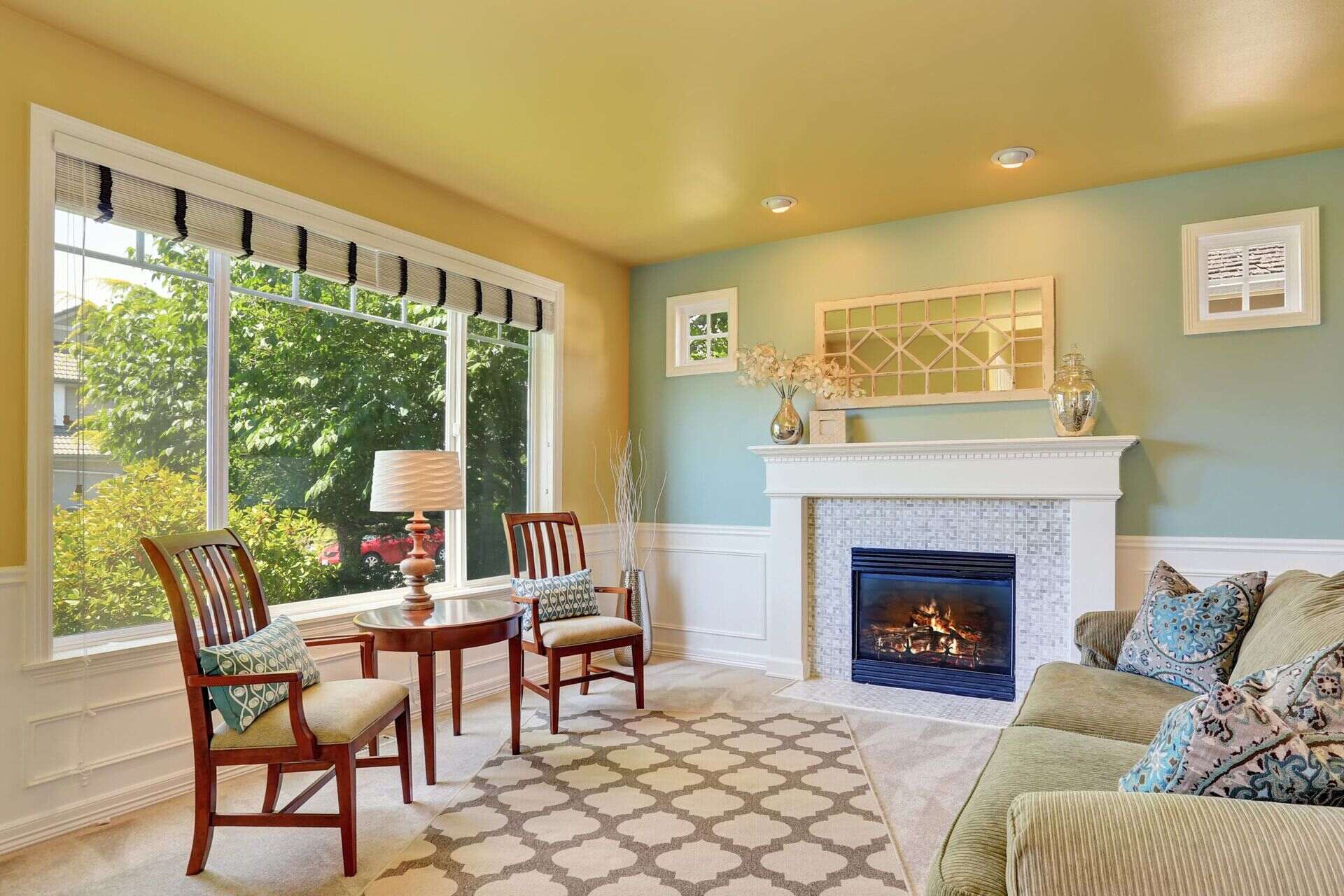

Articles
What Kind Of Paint For Living Room
Modified: January 19, 2024
Discover the perfect paint for your living room with our informative articles. Get expert advice on choosing the right colors and finishes to create a beautiful and inviting space.
(Many of the links in this article redirect to a specific reviewed product. Your purchase of these products through affiliate links helps to generate commission for Storables.com, at no extra cost. Learn more)
Introduction
When it comes to decorating your living room, choosing the right paint can make all the difference. The color, texture, and finish of the paint can set the tone and mood of the space, transforming it into a warm and inviting oasis or a vibrant and energetic gathering place. However, with so many options on the market, it can be overwhelming to decide which type of paint is best for your living room.
In this article, we will explore the various factors to consider when selecting paint for your living room, as well as the different types of paint available. By understanding these factors, you will be able to make an informed decision and create the perfect ambiance in your living room.
Key Takeaways:
- Choose the right paint for your living room by considering factors like color scheme, lighting, and functionality. Latex, oil-based, acrylic, water-based, and enamel paints each offer unique benefits to create the perfect ambiance.
- Don’t forget the ceilings and trim! Opt for lighter shades and suitable finishes for ceilings, while coordinating trim colors with the wall and considering lighting to enhance the overall look and feel of your living room.
Factors to Consider
Before diving into the different types of paint, it’s important to consider a few key factors that will influence your decision. These factors can help you narrow down your options and find the perfect paint for your living room:
- Color Scheme: Consider the existing color scheme of your living room. Think about whether you want to create a harmonious and cohesive look by choosing a paint color that complements the furniture and decor or if you want to make a bold statement by opting for a contrasting color.
- Lighting: Take into account the natural and artificial lighting in your living room. Natural light can make colors appear brighter and more vibrant, while artificial light can alter the perception of colors. It’s a good idea to test paint samples in different lighting conditions to see how they look before making a final decision.
- Room Size: The size of your living room can also impact your paint choice. Lighter colors tend to make a space feel more open and airy, while darker colors can create a cozy and intimate atmosphere. If you have a small living room, using lighter shades can help make it appear larger.
- Functionality: Consider how your living room is used. If you have young children or pets, you may want to choose a paint that is durable and easy to clean. High-traffic areas may benefit from a paint with a satin or semi-gloss finish, as it can resist stains and is more resistant to wear and tear.
By taking these factors into account, you can ensure that the paint you choose not only complements your living room’s aesthetic but also meets your practical needs.
Latex Paint
Latex paint, also known as water-based paint, is one of the most popular choices for interior painting, including living rooms. It is made from acrylic resin and water, making it easy to clean up with soap and water, and it dries relatively quickly.
One of the main advantages of latex paint is its versatility. It is available in a wide range of colors and finishes, including matte, eggshell, satin, and semi-gloss. This allows you to achieve the desired look and feel for your living room walls.
Latex paint also has low levels of volatile organic compounds (VOCs), which means it has less of an odor and is more environmentally friendly compared to oil-based paints. It is a great option for households with sensitivities or allergies.
Furthermore, latex paint is known for its durability. It resists fading, cracking, and peeling, making it ideal for high-traffic areas like living rooms. It is also less prone to yellowing over time, ensuring that your living room’s walls retain their beauty for years to come.
When applying latex paint, it is important to properly prepare the surface by cleaning and priming it. This will ensure the paint adheres well and provides a smooth finish. Additionally, latex paint requires multiple coats for full coverage, but it is easy to apply with a brush, roller, or sprayer.
In summary, latex paint is a versatile, durable, and user-friendly option for painting your living room. Its wide range of colors and finishes, as well as its easy clean-up and low VOC levels, make it a popular choice among homeowners.
Oil-based Paint
Oil-based paint, also known as alkyd paint, is a traditional type of paint that has been widely used for interior and exterior surfaces. It is made from a mixture of solvents, pigments, and oils, typically linseed oil or alkyd resin.
One of the standout features of oil-based paint is its durability. It forms a hard and resistant finish that can withstand wear and tear, making it a suitable choice for high-traffic areas like living rooms. It is also highly resistant to moisture and stains.
Oil-based paint provides a smooth and glossy finish, giving your living room walls a luxurious and classic look. It is often preferred for trim and molding because of its ability to create crisp lines and highlights.
Another advantage of oil-based paint is its excellent adhesion. It sticks well to a variety of surfaces, including wood, metal, and previously painted surfaces. This makes it a suitable choice for repainting projects.
However, there are a few considerations to keep in mind when using oil-based paint. Firstly, it has a strong odor and releases high levels of volatile organic compounds (VOCs), which may cause health concerns. Proper ventilation is crucial when working with oil-based paint.
Additionally, oil-based paint takes longer to dry compared to latex paint. It can take anywhere from 8 to 24 hours for the paint to dry completely, depending on the conditions. This longer drying time can be a drawback if you need to finish the project quickly.
Clean-up of oil-based paint requires the use of mineral spirits or paint thinner, as it is not water-soluble. This adds an extra step and can be more time-consuming compared to the easy clean-up of latex paint.
Overall, oil-based paint is a durable and high-quality option for painting your living room. Its ability to create a glossy finish and its excellent adhesion make it a preferred choice for many homeowners, especially for trim and molding. However, the strong odor, longer drying time, and more involved clean-up process should be taken into consideration.
Acrylic Paint
Acrylic paint is a versatile and popular choice for interior painting, including living rooms. It is a water-based paint that uses acrylic polymer emulsion as its binder, resulting in a fast-drying and durable finish.
One of the advantages of acrylic paint is its quick drying time. Once applied, it dries within minutes to an hour, allowing you to complete your painting project efficiently. This is especially beneficial if you have limited time or want to finish the project in a short timeframe.
Acrylic paint is available in a wide range of colors and finishes, offering plenty of options to suit your living room’s style and aesthetic. You can choose from matte, satin, or gloss finishes, depending on the desired look and feel of your space.
Another notable feature of acrylic paint is its flexibility. It can be used on various surfaces, including walls, ceilings, and even furniture. This makes it a versatile choice for painting not only the walls of your living room but also other elements like accent pieces or bookshelves.
Additionally, acrylic paint is known for its durability. It forms a tough and resilient film that can withstand general wear and tear, ensuring that your living room walls maintain their beauty for an extended period. It is also resistant to fading and yellowing, allowing the colors to stay vibrant and fresh.
Clean-up of acrylic paint is simple, as it is water-soluble. All you need is soap and water to clean your brushes or any accidental spills. This makes it a convenient option, especially for those who prefer an easier clean-up process.
While acrylic paint offers many advantages, there are a few considerations to keep in mind. It is important to properly prepare the surface by cleaning and priming it before applying acrylic paint. This will ensure that the paint adheres well and provides a smooth and even finish.
Furthermore, acrylic paint can dry quickly, which means you need to work efficiently to avoid visible brush strokes or uneven application. Using a high-quality brush or roller and applying the paint in thin, even coats can help achieve a professional-looking finish.
In summary, acrylic paint is a versatile, fast-drying, and durable option for painting your living room. Its wide range of colors and finishes, as well as its ease of clean-up, make it a popular choice among homeowners. By considering proper surface preparation and working efficiently, you can achieve excellent results with acrylic paint.
Read more: What Color To Paint A Living Room
Water-based Paint
Water-based paint, also known as latex or acrylic latex paint, is a popular choice for interior painting, including living rooms. It is a type of paint that uses water as its main solvent, making it easy to clean up and environmentally friendly.
One of the key advantages of water-based paint is its low odor. Unlike oil-based paints, water-based paints emit minimal fumes, making them more pleasant to work with and suitable for indoor use. This makes it a great choice for living rooms, where you want to create a comfortable and inviting atmosphere.
Water-based paint is available in a wide range of colors and finishes, offering plenty of options to match your living room’s decor and personal style. Whether you prefer a matte, satin, or glossy finish, there is a water-based paint suitable for your preference.
Another notable benefit of water-based paint is its quick drying time. It typically dries within one to two hours, depending on the humidity and temperature of the room. This allows you to complete your painting project faster and reduces the risk of accidental smudging or smearing.
Furthermore, water-based paint is known for its durability. It forms a tough and long-lasting finish that can withstand everyday use, ensuring that your living room walls maintain their beauty for years to come. It is resistant to cracking, fading, and yellowing, ensuring the colors remain vibrant and fresh.
Clean-up of water-based paint is simple, as it is water-soluble. All you need is soap and water to clean your brushes, rollers, and any accidental spills. This makes the clean-up process quick and hassle-free, saving you time and effort.
It is important to note that water-based paint may not have the same level of adhesion and durability as oil-based paint. Therefore, it may not be as suitable for high-traffic areas or surfaces that require extra protection and resilience. However, for most living room applications, water-based paint is a practical and reliable choice.
In summary, water-based paint is a versatile, low-odor, and environmentally friendly option for painting your living room. Its wide range of colors and finishes, quick drying time, ease of clean-up, and durability make it a preferred choice among homeowners. By taking advantage of the benefits of water-based paint, you can create a beautiful and long-lasting finish in your living room.
When choosing paint for your living room, opt for a high-quality, washable paint with a matte or eggshell finish to hide imperfections and withstand frequent cleaning.
Enamel Paint
Enamel paint is a type of paint known for its exceptionally durable and glossy finish. It is typically oil or alkyd-based and is commonly used for high-traffic areas that require extra protection, such as doors, trim, and furniture. However, it can also be used for painting living room walls to achieve a sleek and polished look.
One of the main advantages of enamel paint is its superior durability. It forms a hard and resistant finish that can withstand heavy use, making it ideal for high-traffic areas in your living room. It is resistant to scratches, chips, and stains, ensuring that the paint job maintains its pristine appearance for a long time.
Enamel paint also offers a smooth and glossy finish, giving your living room walls a luxurious and elegant look. This glossy look can reflect light, creating a sense of brightness and adding depth to the space. It can enhance the visual appeal of your living room, particularly when paired with the right lighting and decor.
Furthermore, enamel paint is known for its excellent adhesion to different surfaces. Whether you’re painting over wood, metal, or previously painted surfaces, enamel paint adheres well and provides a uniform and long-lasting finish.
It is important to note that enamel paint can have a stronger odor compared to other types of paint. Proper ventilation is essential when working with enamel paint to ensure the safety and comfort of everyone in the living space.
Additionally, clean-up of enamel paint requires the use of paint thinner or mineral spirits, as it is not water-soluble. This adds an extra step to the clean-up process and may require additional care when handling and disposing of the materials.
When using enamel paint for living room walls, it is recommended to properly prepare the surface by cleaning and priming it. This will ensure that the paint adheres well and provides a smooth and flawless finish. It is also advised to apply the paint carefully, using smooth brush strokes or a paint sprayer, to achieve an even and professional-looking result.
In summary, enamel paint is a durable and high-quality option for painting living room walls. Its ability to create a glossy finish, superior adhesion, and excellent durability make it suitable for high-traffic areas. However, the strong odor and more involved clean-up process should be taken into consideration before using enamel paint in your living room.
Choosing the Right Paint for Living Room Walls
When it comes to choosing the right paint for your living room walls, several factors should be considered to ensure you achieve the desired look and feel. Here are some tips to help you make the best decision:
- Consider the color scheme: The color of the paint plays a significant role in setting the mood of your living room. Consider the existing color scheme and determine whether you want to go for a complementary or contrasting color. Lighter colors can make a small living room appear more spacious, while darker hues can create a cozy and intimate ambiance.
- Choose paint with the right finish: The finish of the paint can impact the overall look and feel of your living room. The most common finishes are matte, satin, semi-gloss, and gloss. Matte finishes offer a subtle and elegant look, while gloss finishes provide a shiny and reflective surface. Satin and semi-gloss finishes offer a balance of sheen and durability, making them suitable for high-traffic areas.
- Consider the lighting: Take into account the natural and artificial lighting in your living room. Natural light can enhance the appearance of colors, while artificial light can alter their perception. Consider testing paint samples in different lighting conditions to see how they look before making a final decision.
- Think about the style: Consider the overall style and theme of your living room. Are you going for a modern and contemporary look, or do you prefer a traditional and classic aesthetic? The paint you choose should align with the style you want to achieve, whether it’s bold and vibrant or subtle and neutral.
- Consider the functionality: Think about how the living room is used. If you have young children or pets, you may want to choose a paint that is durable and easy to clean. High-traffic areas may benefit from a paint with a satin or semi-gloss finish, as it can resist stains and is more resistant to wear and tear.
By taking these factors into account, you can find the perfect paint for your living room walls that not only enhances the aesthetic but also meets your practical needs. Don’t forget to test paint samples on the walls before committing to a particular color to ensure it looks how you envision in your living space.
Choosing the Right Paint for Living Room Ceilings
When it comes to painting your living room, don’t forget about the importance of choosing the right paint for your ceilings. While often overlooked, the color and finish of the ceiling can have a significant impact on the overall look and feel of the room. Here are some tips to help you choose the right paint for your living room ceilings:
- Opt for lighter shades: Ceilings are typically painted in lighter shades to create an illusion of height and openness. Lighter colors can make the room feel more spacious and airy, especially if your living room has low ceilings. Consider shades of white, cream, or light pastels for a classic and timeless look.
- Consider the wall color: Take into account the color of your living room walls when choosing the ceiling paint. You can opt for a shade that complements the wall color or go for a slightly lighter tone to achieve a subtle contrast. Coordinating the ceiling and wall colors can create a cohesive and harmonious look in the space.
- Choose the right finish: The finish of the ceiling paint can affect the overall aesthetic. Flat or matte finishes are commonly used for ceilings as they help to minimize reflections and imperfections. They create a smooth and uniform surface, giving the ceiling a seamless appearance. Avoid gloss or semi-gloss finishes for ceilings as they can create unwanted glare.
- Consider the lighting: Pay attention to the lighting in your living room. Natural and artificial lighting can impact the look of your ceiling color. If your living room receives plenty of natural light, consider a slightly cooler shade to balance the warmth. If your living room has minimal natural light, opt for a slightly warmer shade to create a cozy and inviting ambiance.
- Think about the overall style: The style and decor of your living room should guide your ceiling paint choice. For a modern and minimalist look, a crisp white ceiling can create a clean and sleek aesthetic. If you have a more traditional or rustic style, consider using a light neutral color that coordinates with your color scheme.
By considering these factors, you can choose the right paint color and finish for your living room ceilings that enhance the overall ambiance and complement the design of the space. Remember to test paint samples on the ceiling to see how they look in different lighting conditions before making a final decision. A well-painted ceiling can add the perfect finishing touch to your living room, creating a visually appealing and cohesive environment.
Read more: What Is The Best Paint Color For Living Room
Choosing the Right Paint for Living Room Trim
When it comes to painting your living room, the trim is an important element that should not be overlooked. The trim includes baseboards, crown molding, window frames, and door frames, and choosing the right paint for them can enhance the overall look and feel of the room. Here are some tips to help you choose the right paint for your living room trim:
- Consider the style: The style and architectural details of your living room should guide your trim paint choice. If you have a traditional or classic interior, consider using a crisp white or off-white paint for the trim to create a timeless and elegant look. For a more modern and contemporary aesthetic, you can explore bolder shades or even consider using a contrasting color.
- Coordinate with the wall color: Take into account the color of your living room walls when choosing the trim paint. Coordinating the trim color with the wall color can create a cohesive and harmonious look. You can choose a trim color that matches the wall color closely for a subtle and sophisticated effect, or go for a contrasting color to make a statement.
- Choose the right finish: The finish of the trim paint is important for both aesthetics and durability. For a traditional look, consider using a semi-gloss or high-gloss finish, which can create a shiny and polished appearance. For a more contemporary look, you can opt for a satin finish, which offers a subtle sheen. The higher the sheen, the more resistant the trim will be to wear and tear.
- Consider the lighting: Lighting plays a significant role in how your trim color appears in the living room. If your living room receives ample natural light, lighter trim colors can help reflect the light and create a bright and airy atmosphere. On the other hand, if your living room has limited natural light, darker trim colors can add depth and sophistication to the space.
- Test paint samples: It’s always a good idea to test paint samples on a small area of the trim to see how they look in the actual lighting conditions of your living room. Different lighting can affect how the color appears, so it’s important to evaluate the samples in natural light and under artificial lighting to make an informed decision.
By considering these factors, you can choose the right paint color and finish for your living room trim that complements the overall aesthetics and enhances the architectural details. A well-painted trim can add a polished and finished look to your living room, making it a visually appealing and cohesive space.
Conclusion
Choosing the right paint for your living room is crucial in creating a space that reflects your style and meets your practical needs. Whether you’re painting the walls, ceilings, or trim, there are several factors to consider to ensure the best outcome.
When selecting paint for your living room walls, consider the color scheme, lighting, room size, and functionality. Latex paint, oil-based paint, acrylic paint, water-based paint, and enamel paint are all viable options, each with its own unique advantages and considerations. Understanding the characteristics of each type can help you make an informed decision based on your specific requirements.
For living room ceilings, choosing a lighter shade can create a sense of spaciousness, while considering the wall color, lighting, and overall style of your space is essential. Opting for a suitable finish, such as flat or matte, can help achieve a seamless and visually appealing result.
The selection of trim paint, on the other hand, should harmonize with the style and architectural details of your living room. Coordinating with the wall color, choosing the appropriate finish, and considering the lighting are key factors in creating a cohesive and polished look for your space.
In conclusion, taking the time to evaluate factors such as color scheme, lighting, style, and functionality will assist you in making the right paint choices for your living room. By selecting the optimal paint types and finishes, you can transform your living room into a space that reflects your personal style while meeting the practical needs of everyday living. Keep in mind that testing paint samples and properly preparing the surfaces before painting are crucial steps to ensure excellent results.
So, unleash your creativity, consider the various options available, and bring your living room to life with the perfect paint choices. With the right paint, your living room can become a haven of relaxation, entertainment, and endless possibilities.
Frequently Asked Questions about What Kind Of Paint For Living Room
Was this page helpful?
At Storables.com, we guarantee accurate and reliable information. Our content, validated by Expert Board Contributors, is crafted following stringent Editorial Policies. We're committed to providing you with well-researched, expert-backed insights for all your informational needs.
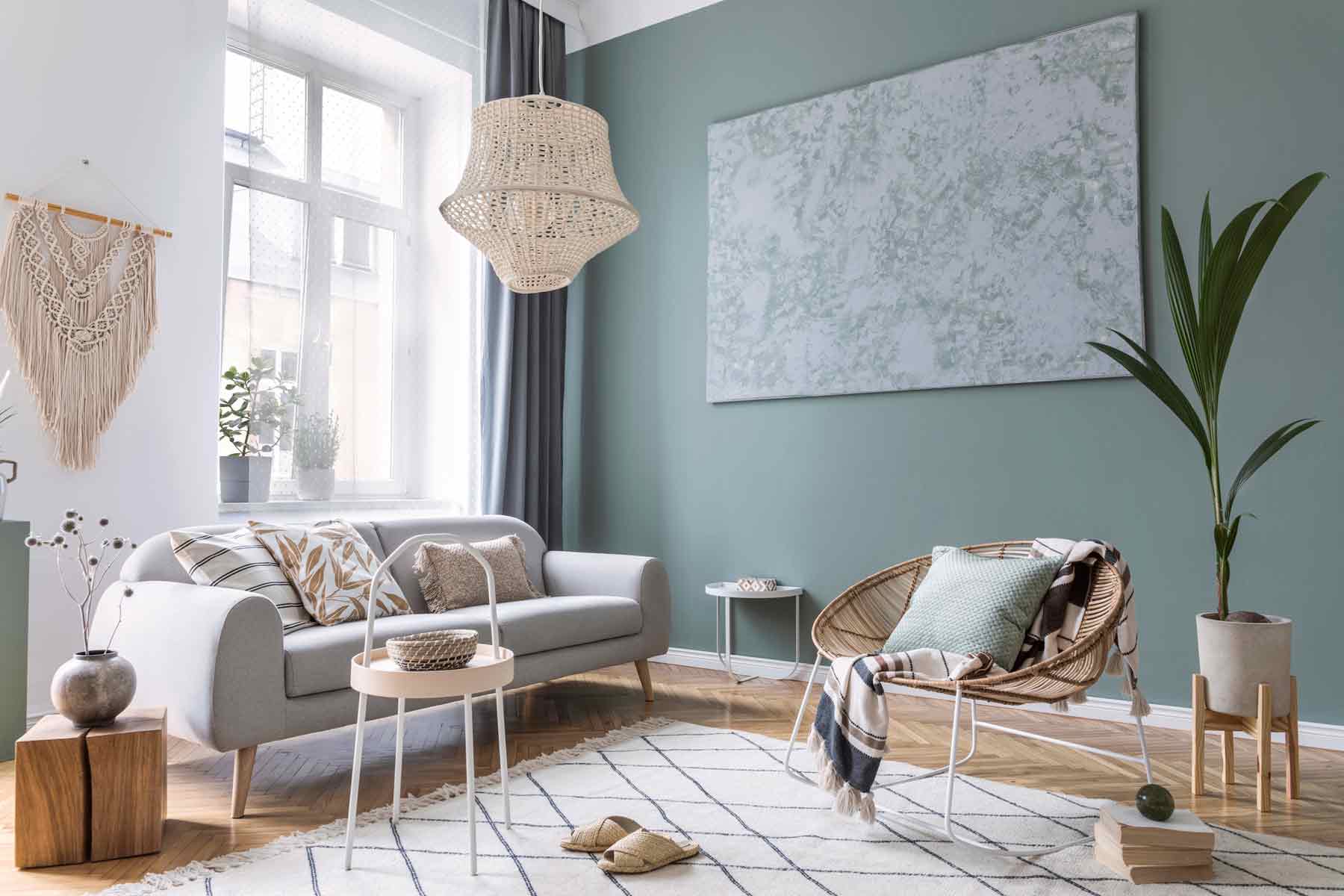

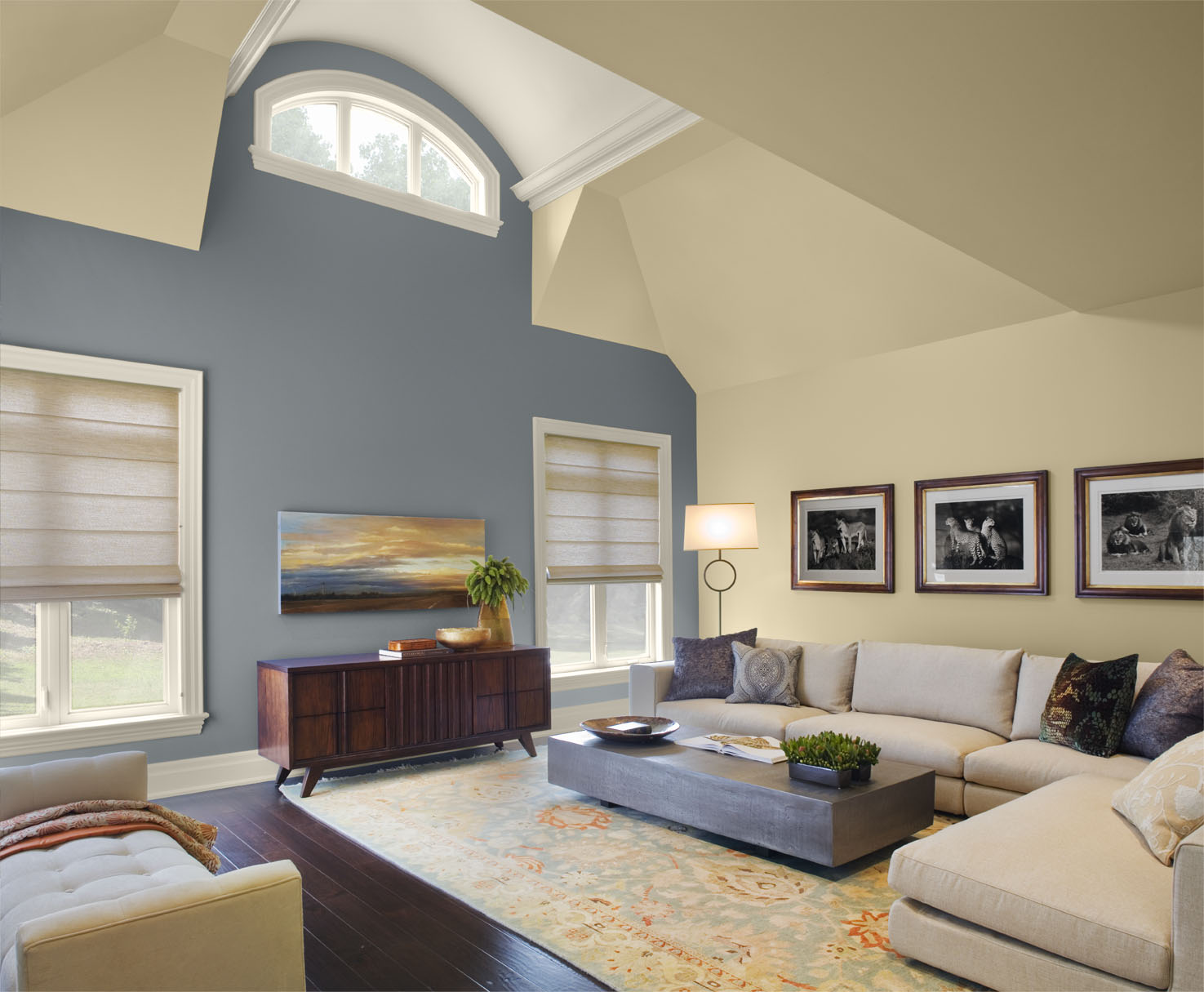
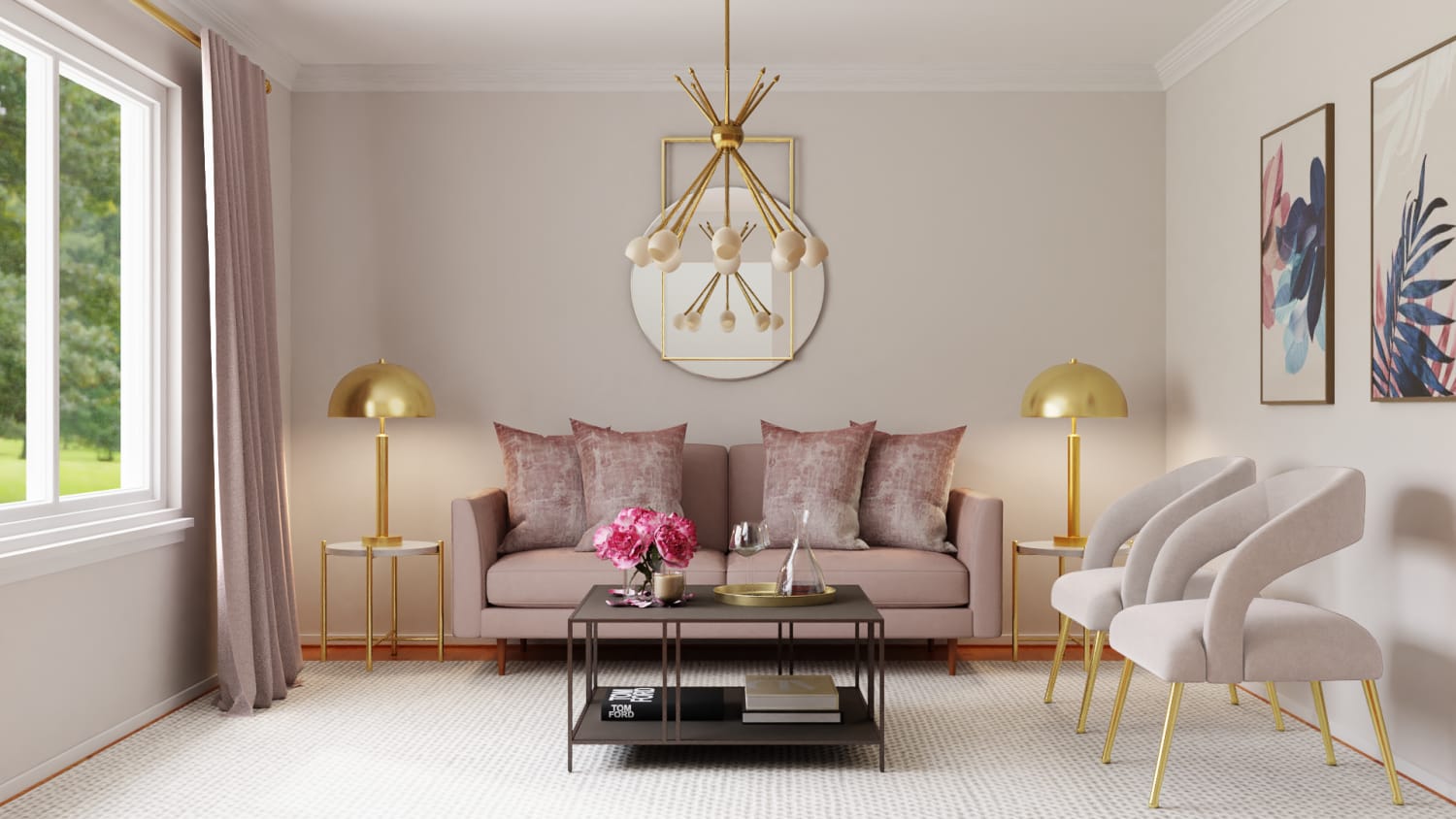
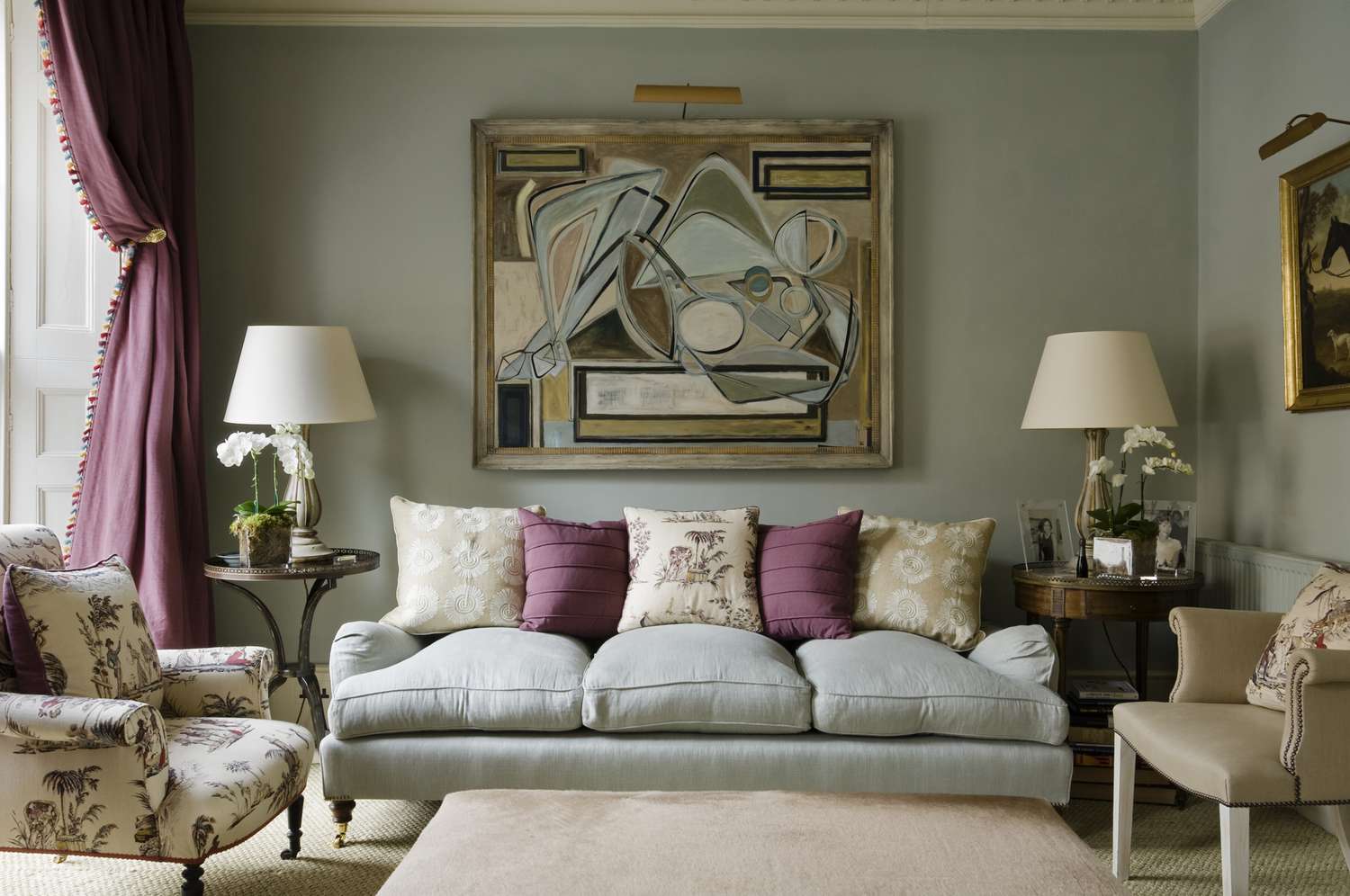
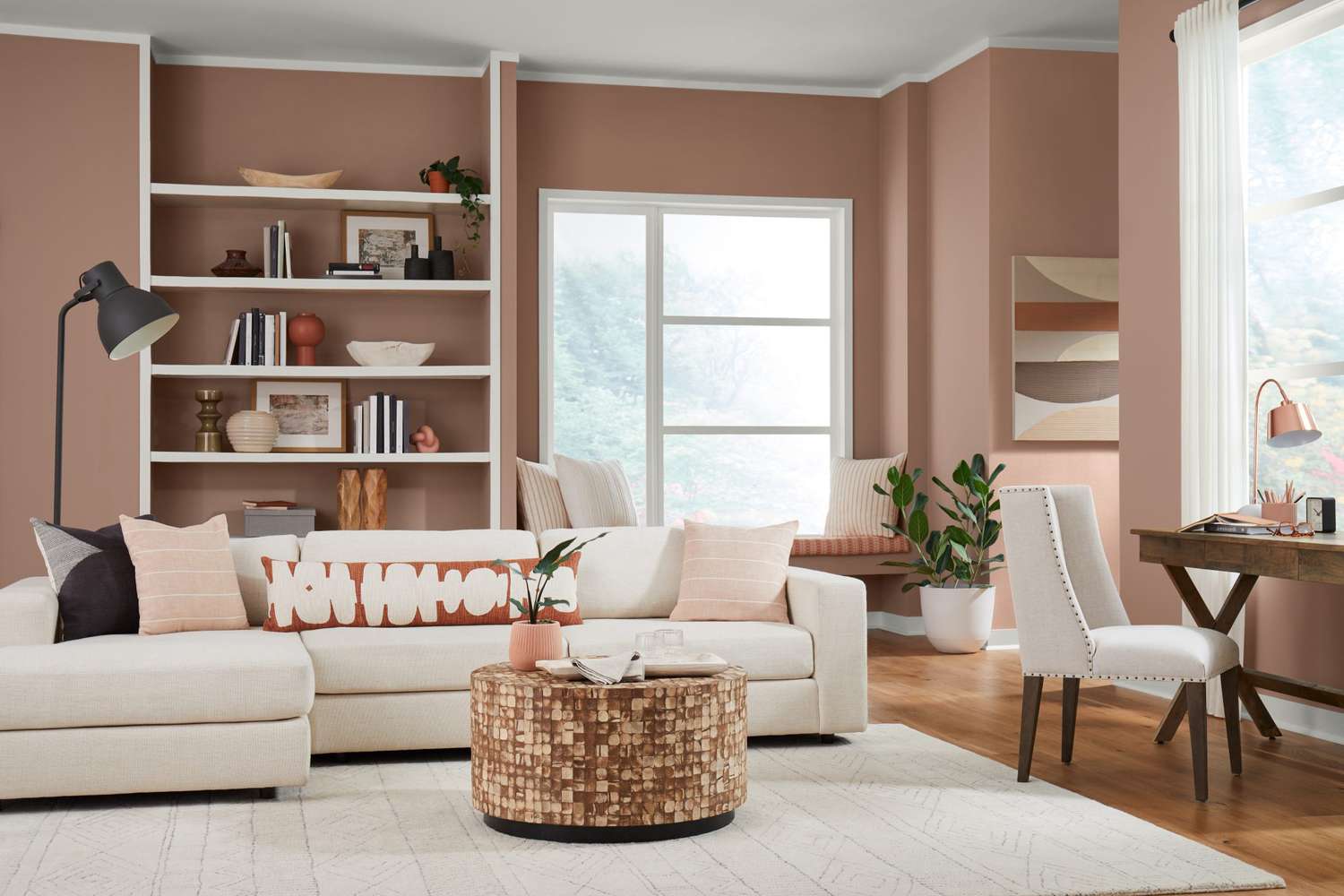
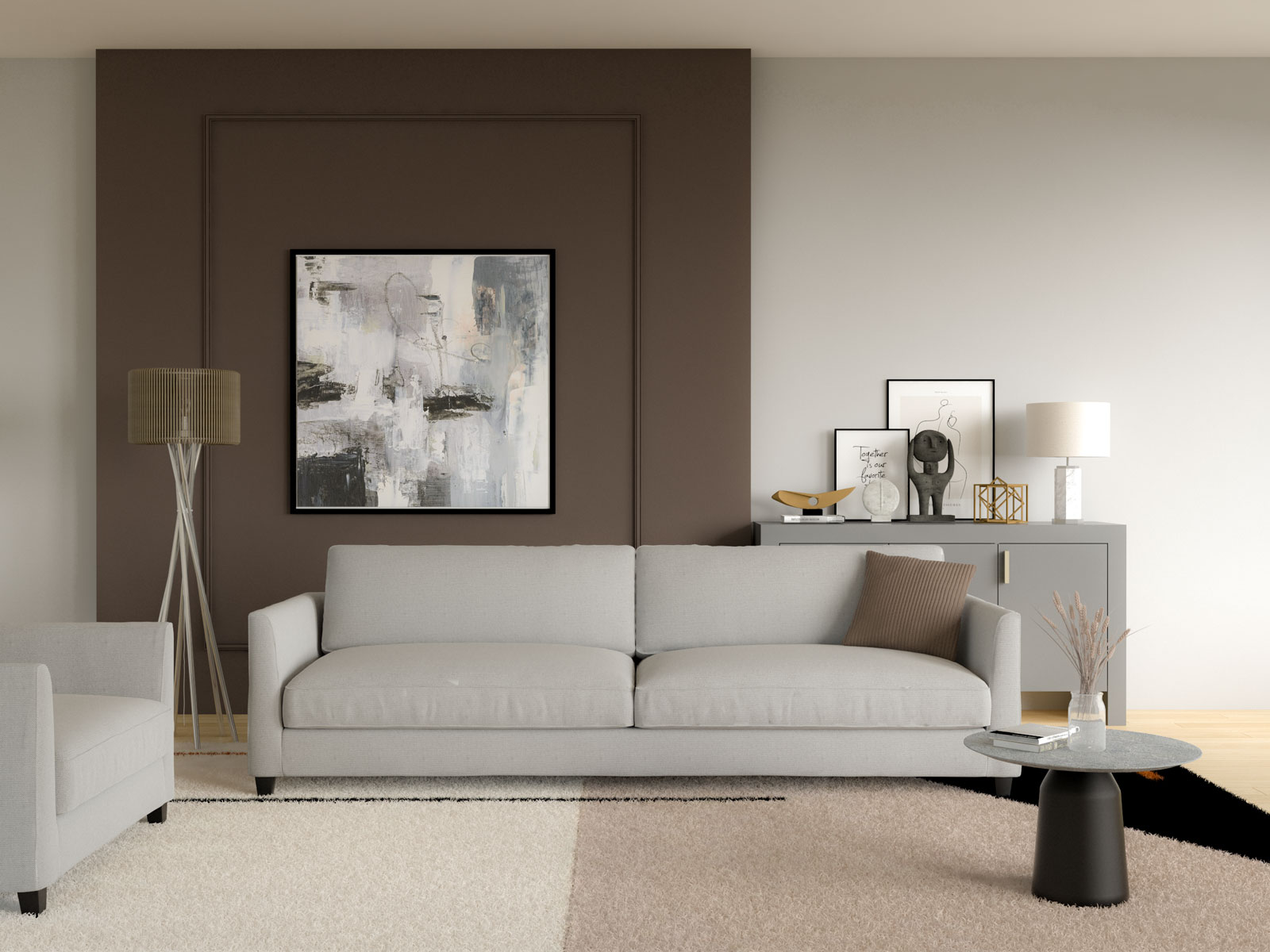

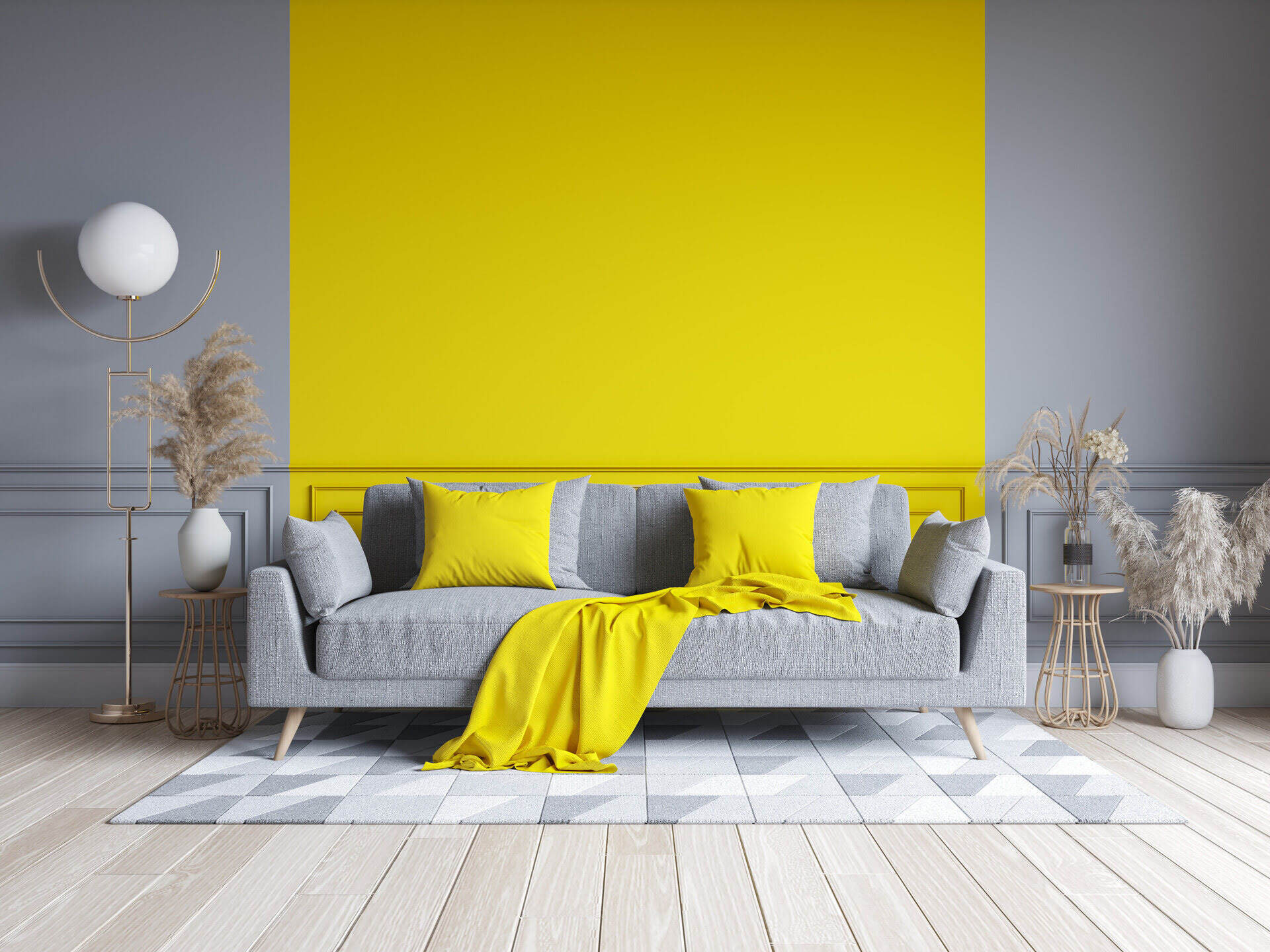

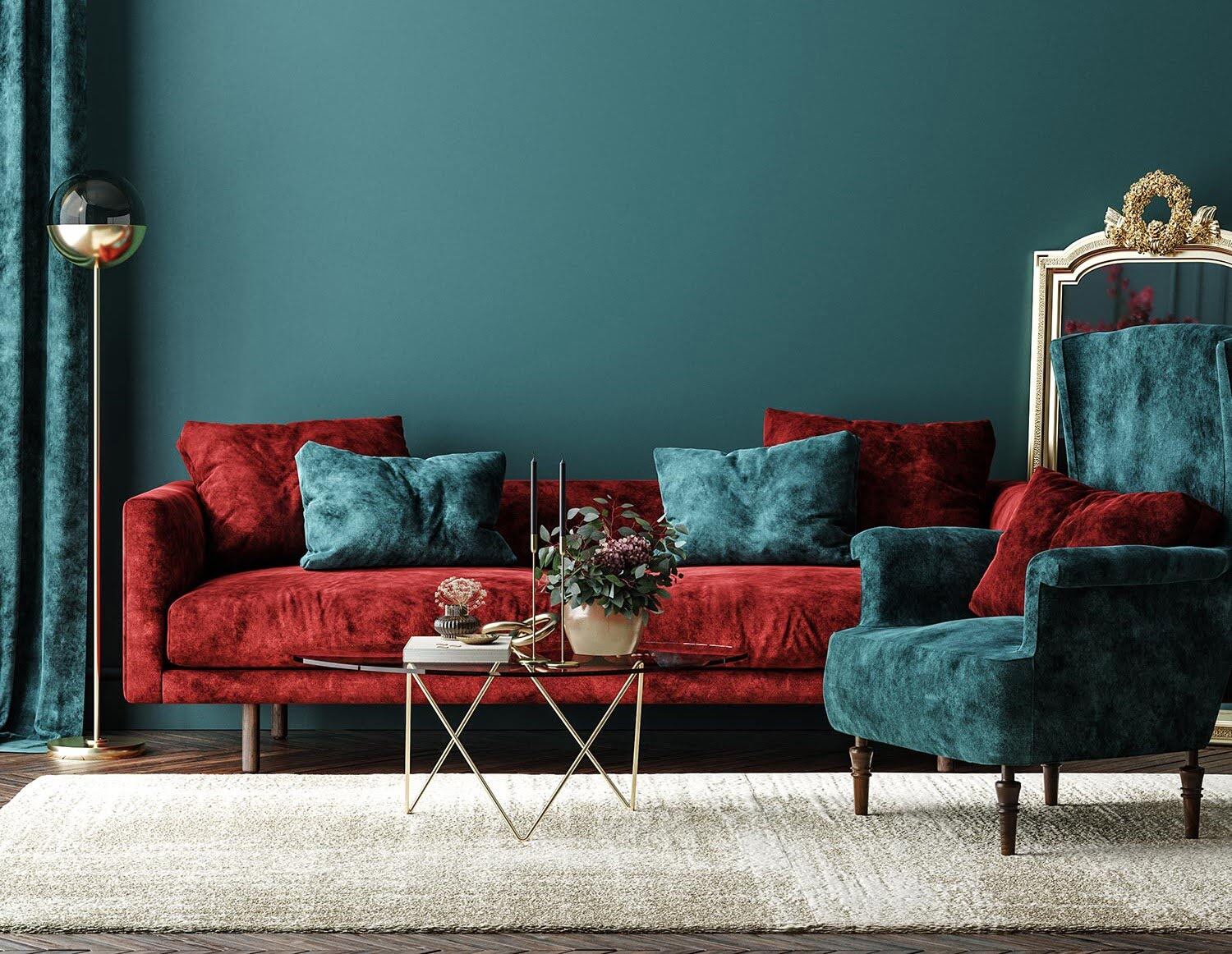

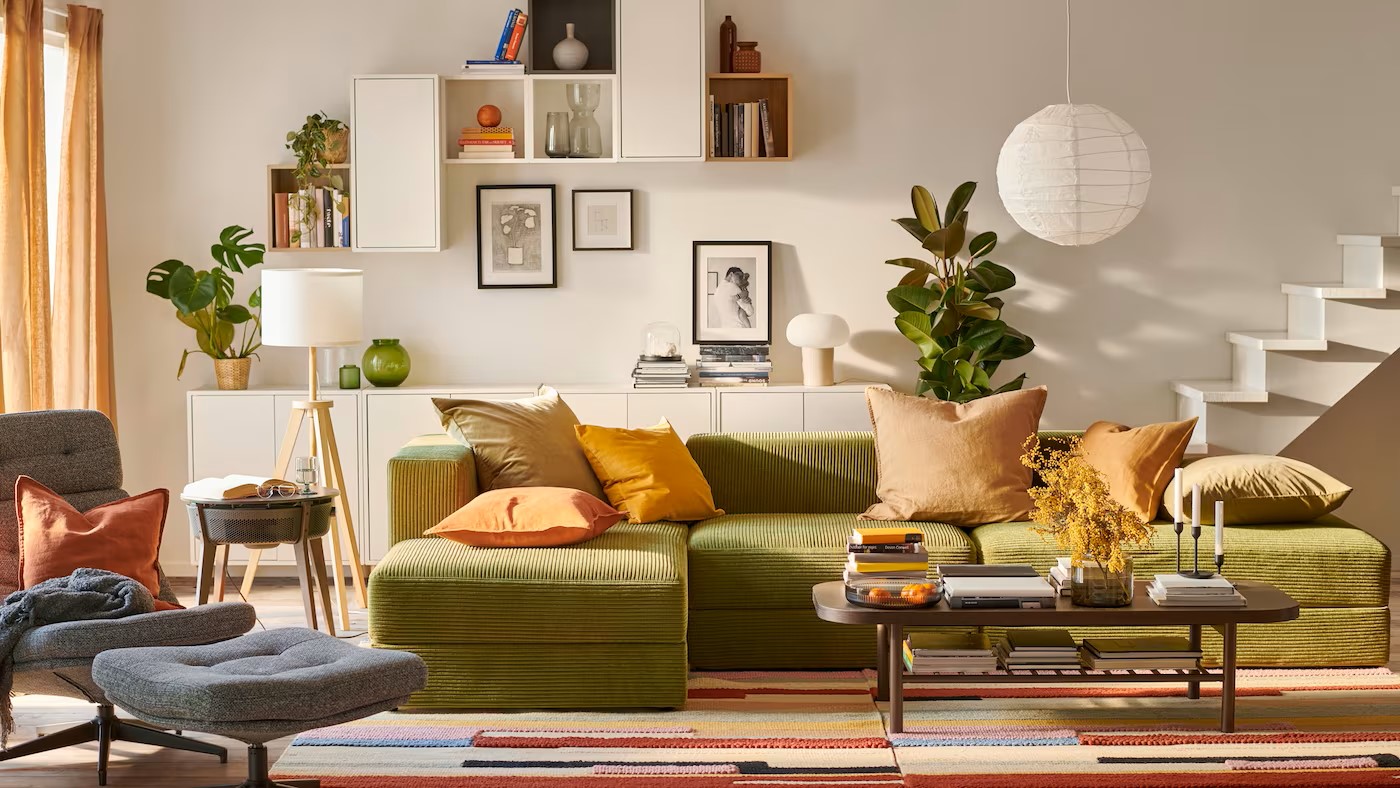

0 thoughts on “What Kind Of Paint For Living Room”